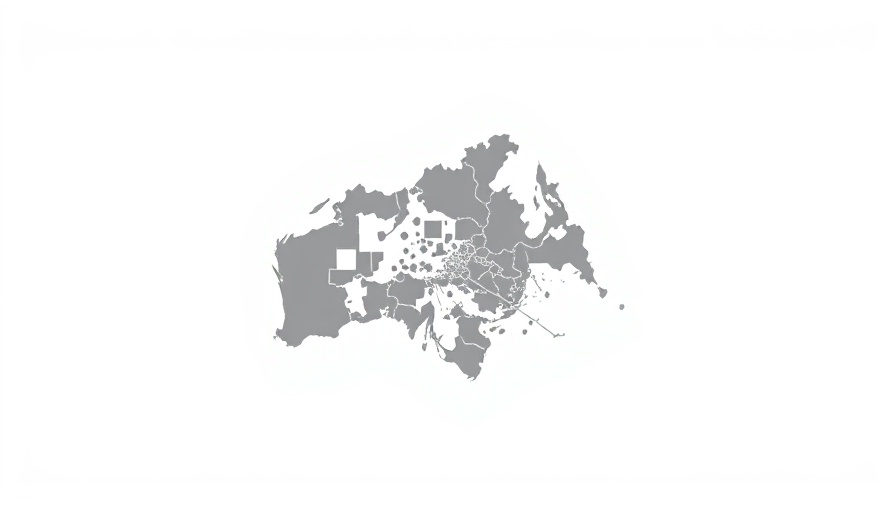
Understanding the Urgent Need to Refill the US Strategic Petroleum Reserve
The US government recently revealed a staggering estimate, suggesting that it will require an investment of around $20 billion and several years to fully replenish its Strategic Petroleum Reserve (SPR). As the largest emergency oil supply in the world, the SPR has been critically depleted due to various emergency sales and drawdowns in response to global oil disruptions, reaching its lowest inventory level in nearly 40 years.
Why the Size of the SPR May Need Reevaluation
With current geopolitical risks and changing domestic oil dynamics, experts are beginning to question whether a total refill to previous capacities—approximately 727 million barrels—is necessary. Historically, the reserve was established in response to the 1973 oil crisis, aiming to cover 90 days of net oil imports. However, as domestic production of light, sweet crude has surged, and imported oil demands have diminished, discussions around recalibrating the SPR's inventory levels are surfacing.
The Physical Constraints of Refilling the SPR
Deputy Energy Secretary David Turk has highlighted the challenges in refilling the SPR, citing physical constraints of the underground caverns along the Gulf Coast. While the Biden administration aims to capitalize on the current lower oil prices to replenish the reserve, the capacity limitations restrict purchases to approximately 3 million barrels per month. This slow pace emphasizes the logistical and strategic complexities involved.
Funding Mechanisms and Economic Considerations
Achieving the estimated $20 billion target will require careful budgeting. Proceeds from emergency sales have previously funded various interim purchases, but funds are dwindling. With Congress's cancellation of several mandated sales, the path to funding a complete refill has become even more convoluted. Current plans suggest that the Department of Energy is targeting crude oil purchases in the range of $67 to $72 a barrel to stay financially viable while refilling the SPR.
The Interplay of Domestic Oil Production and Imports
As the US has shifted toward a net exporter of oil, the structure of the SPR must align with the new realities of oil supply and demand. U.S. refineries require a combination of crude oil grades, both domestic and imported, to maintain robust production levels. This demand illustrates the need for a diverse inventory strategy within the SPR. The ability to adapt to changing refinery requirements demonstrates why a renewed focus on oil quality might supersede sheer volume in strategic planning.
The Future: A Strategic Inventory for Modern Times
The conversation surrounding the refilling of the SPR is multifaceted, drawing on historical context, economic viability, and geopolitical stability. As the U.S. navigates these complexities, policymakers must weigh the risks associated with global oil supply outages against the potential benefits of maintaining a substantial reserve. While the urgency of refilling the SPR remains, some argue that a modified approach—targeting a smaller, yet still strategically significant reserve—might suffice to meet modern challenges.
Conclusion: The Importance of a Thoughtful Refill Strategy
In summary, the $20 billion investment and the years-long effort to refill the Strategic Petroleum Reserve is not merely an operational task; it is a national security imperative. The interplay of domestic oil production, geopolitical stability, economic considerations, and refinery needs must shape our approach to ensuring energy security for future generations. As citizens, understanding this complex issue empowers us to advocate for policies that may lead to a more resilient energy framework.
 Add Element
Add Element  Add Row
Add Row 



Write A Comment